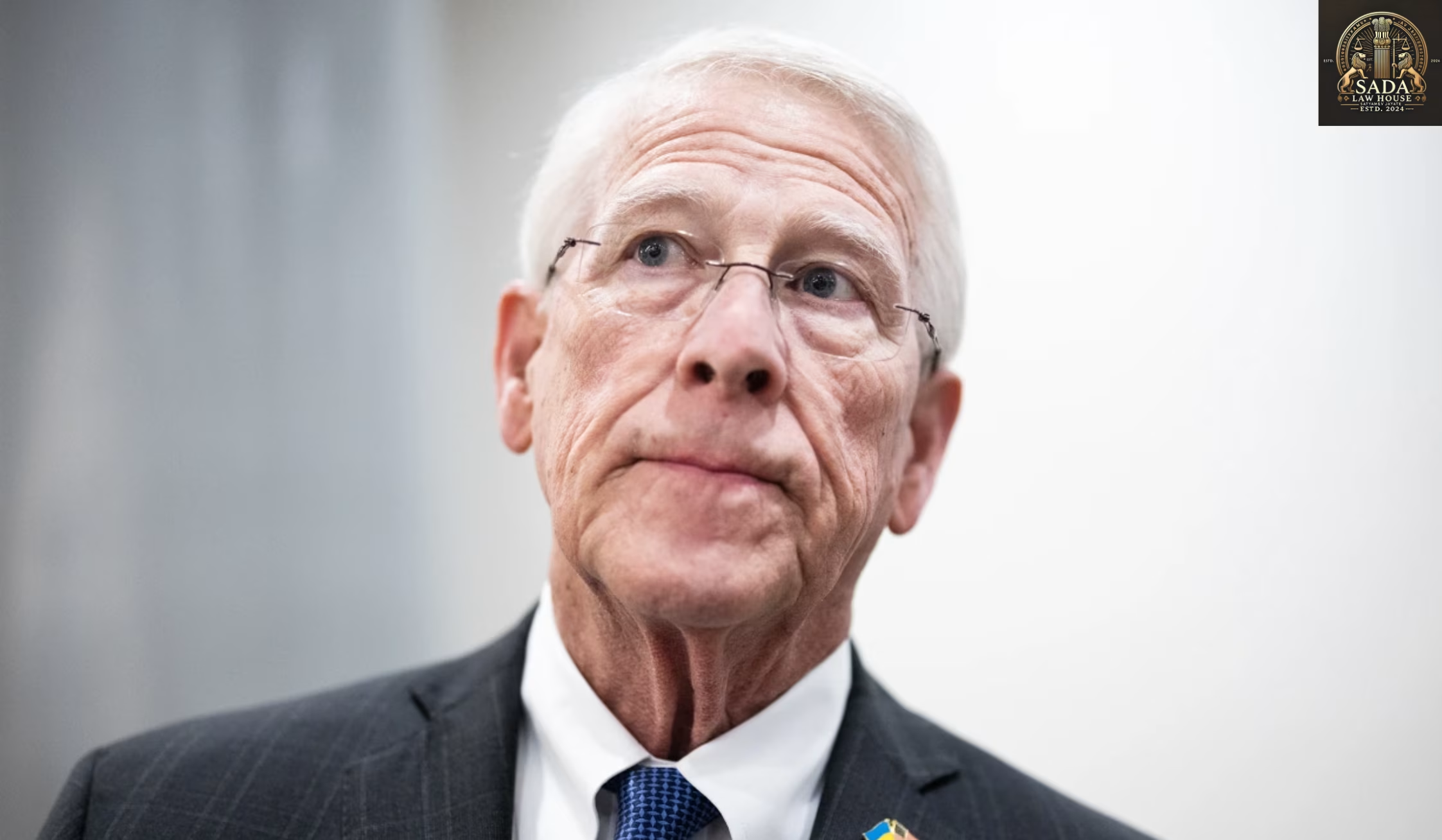Supreme Court Rebuffs PIL Challenging Obscene Content on OTT Platforms Like Netflix and Amazon Prime
- MAHI SINHA
- 22 Apr 2025

Key Highlights of the Supreme Court’s Ruling
The PIL Against OTT Platforms
A PIL was submitted to the Supreme Court questioning the unchecked broadcasting of explicit content on OTT platforms like Netflix, Amazon Prime Video, and Altt Balaji. The petitioners argued that these platforms often feature material that could be considered obscene and inappropriate for viewers of all age groups. However, the bench of Justices BR Gavai and AG Masih rejected the plea, stating that it was a policy matter that fell under the jurisdiction of the Union Government of India rather than the judiciary.
Court’s Perspective on OTT Content Regulation
Justice Gavai expressed concerns over the Court’s involvement in policy matters, pointing out that regulating OTT platforms is not within the judiciary’s purview. He emphasized that the Union government should take the lead in framing regulations to address the issue of inappropriate content on these platforms. Justice Gavai noted, “It is for the Union to frame regulations, not for us.”
Petitioner’s Argument and Court’s Dismissal
Despite the Court’s reluctance to intervene, the petitioner’s lawyer, Advocate Vishnu Shankar Jain, argued that the issue was serious enough to warrant judicial attention. However, Justice Gavai remained firm, indicating that the case would likely be dismissed after a hearing.
Previous Cases on OTT Content Regulation
April 2024: A Similar PIL on Offensive Material
In April 2024, the Supreme Court of India had heard another PIL that challenged the posting of offensive material on OTT platforms. This case focused on whether platforms like Netflix and Amazon Prime Video should be allowed unrestricted access to explicit content. The Court recommended that the government of India be consulted before any further action was taken. As a result, the petition was withdrawn, and the petitioners were encouraged to approach the Union government for a resolution.
October 2024: Court Rejects Another Petition on OTT Regulation
In October 2024, the Supreme Court dismissed a second petition that sought the creation of an independent body to regulate OTT content. The petitioners argued that there were no existing laws governing the publishing of movies on OTT platforms or monitoring of their content. The Court remarked that such matters fell under the realm of public policy and were beyond the scope of judicial authority.
The Growing Debate on OTT Content Regulation in India
Is Government Regulation the Solution?
The ongoing discussions about regulating OTT content highlight the need for a balanced approach. While some believe in the importance of government regulations to protect viewers from explicit content, others argue that the autonomy of digital platforms should be preserved. The question remains: Should OTT platforms be censored, or should they maintain editorial freedom while implementing age-based content filters?
The Role of Content Creators and OTT Platforms
With the increasing demand for diverse and bold content, OTT platforms have become a major player in the entertainment industry. As content creators continue to push boundaries, it is essential for platforms to strike a balance between creativity and responsibility. Clear guidelines and self-regulation could potentially be the key to maintaining this balance without stifling the industry’s growth.
What’s Next for OTT Content Regulation?
As the Supreme Court of India has made clear, the regulation of OTT platforms is primarily a policy issue that requires input from the government of India. While the Court has dismissed multiple PILs on the subject, the conversation surrounding content regulation is far from over. Industry stakeholders, legal experts, and government officials will likely continue to debate the best path forward in the coming months.
What Can We Expect?
Government Action: The Union government may soon propose new regulations that address the concerns of OTT content, particularly related to explicit and inappropriate material.
Industry Involvement: OTT platforms may come together to develop self-regulatory guidelines to avoid further legal challenges.
Public Awareness: As the debate continues, public awareness regarding content guidelines and viewer rights will play a crucial role in shaping future decisions.
Conclusion
The recent Supreme Court ruling on OTT content regulation highlights the complex legal and policy issues surrounding digital media. While the Court has chosen not to intervene directly, the matter remains a hot topic of discussion. As the government of India works on developing regulations, it will be interesting to see how the industry responds to the growing demand for content censorship and control.
Live Cases






